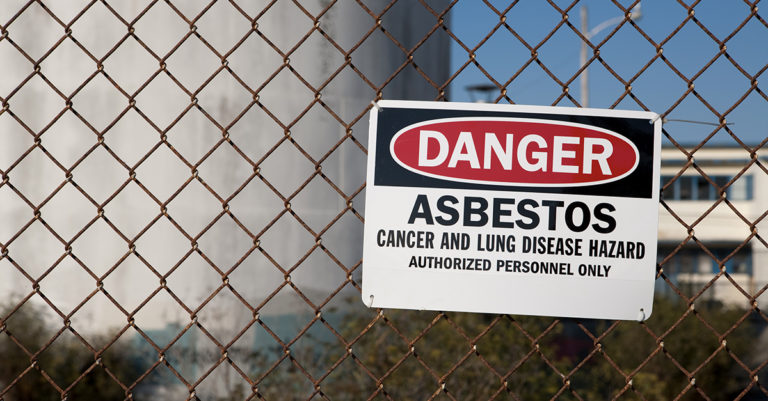Conditions and illnesses of the lungs can be caused by dangerous chemicals in the air that we inhale. The Clean Air Act is a law that outlines the responsibilities of the Environmental Protection Agency (EPA) in regards to protecting and improving the air quality in the United States. Without it, factories, refineries and corporations can release pollutants into the air without restriction, increasing the incidence of lung conditions among Americans.

The EPA outlines the air pollutants that fall under the regulations of the Clean Air Act. These include:
- Aerosols
- Asbestos
- Carbon Monoxide
- Chlorofluorocarbons (CFCs)
- Lead
- Mercury
- Nitrogen Oxides
- Radon
- Sulfur Dioxide
- And more
Health risks associated with air pollutants can occur when a person is exposed to the hazardous material, especially if exposure lasts an extended period of time. These risks can range anywhere from less serious (skin rashes, coughing, headaches) to very serious (cancer, kidney/liver damage, mesothelioma). The EPA estimates, however, that 230,000 early deaths will be prevented by the year 2020 as a result of the Clean Air Act.
One of the goals of the American Lung Association is to ensure the air we breathe at home, at school, at work and outside is clean and safe. Serious diseases like mesothelioma, which is linked to the inhalation of harmful asbestos particles, can be prevented. Learn more about protecting our air and maintaining healthy lungs from the American Lung Association today.




